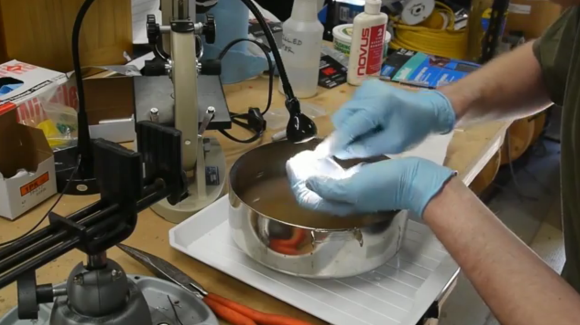
In this video, [Joe Grand] takes us through [Team Van Gogh’s] entry in the OpenXC hackathon event. In what could possibly be the greatest road trip in history, [Joe Grand, Ben Krasnow, TechNinja, and Super Awesome Sylvia] all pile into a car. With them they bring a host of dev boards, wires, a CB Radio, and of course Sylvia’s WaterColorBot.
As their name implies, [Team Van Gogh] took a more artistic approach to the challenge than other teams. OpenXC steering, gear shift, accelerator and brake data is sent through a ChipKit to an RS-232 link into [TechNinja’s] laptop. The laptop translates the data into commands for the WaterColorBot. With this system, a simple Sunday drive can become abstract art.
The team also showed the concept of what could be done if OpenXC was extended to send data back to the vehicle – something Ford doesn’t support. Their example works when a phone call comes in by using the system to lower the volume on a CB radio standing in for car’s Bluetooth system.
Most of this challenge was completed with simulated data from the OpenXC vehicle interface. The team only had a few minutes to work the bugs out in a real vehicle. However, they proved their concepts well enough to win the grand prize.
Continue reading “Team Van Gogh Uses OpenXC To Create Art From Your Drive”













